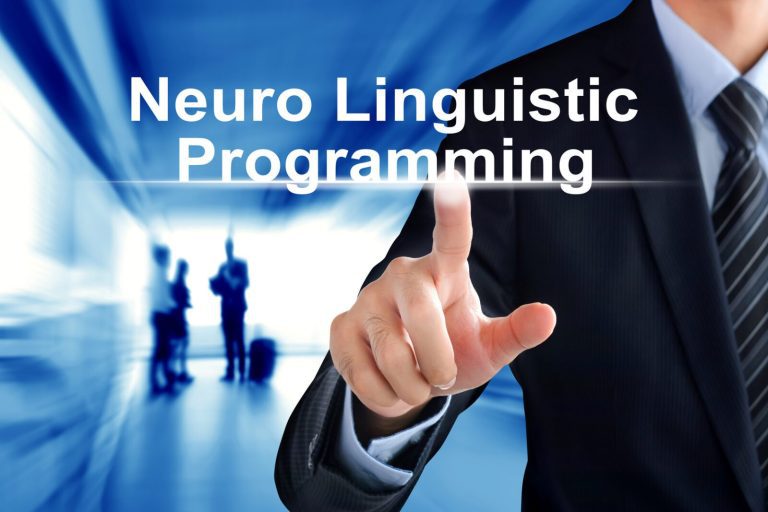The Art of Effective Communication: Building Bridges, Not Barriers
Introduction
Effective communication is the bedrock of success in every aspect of life, whether it’s personal relationships, professional endeavors, or even self-expression. It is the key to understanding, being understood, and achieving common goals. In this blog post, we’ll explore the significance of effective communication, the reasons why it matters, and strategies for honing this essential skill.
Why Effective Communication Matters
1. Clarity and Understanding
Effective communication ensures that your message is clear and easily understood. It minimizes misunderstandings and misinterpretations.
2. Strong Relationships
In personal and professional relationships, effective communication builds trust, fosters empathy, and deepens connections. It forms the basis of successful collaboration and teamwork.
3. Conflict Resolution
When conflicts arise, effective communication is the bridge to resolution. It enables parties to express their concerns, listen to others, and find mutually acceptable solutions.
4. Career Advancement
In the workplace, those who communicate effectively are often seen as leaders. They can convey their ideas, influence others, and make a lasting impact on their teams and organizations.
5. Personal Growth
Effective communication is integral to self-expression and self-awareness. It helps individuals articulate their goals, aspirations, and needs, leading to personal growth and development.

Key Strategies for Effective Communication
1. Active Listening
Actively listen to others when they speak. Avoid interrupting, and make an effort to understand their perspective before responding. This shows respect and fosters better communication.
2. Clear and Concise Expression
When you communicate, be clear and concise. Avoid jargon and convoluted language. Use simple, straightforward words to convey your message.
3. Non-verbal Communication
Be aware of your body language, facial expressions, and tone of voice. These non-verbal cues often convey more than words themselves. Ensure they align with your intended message.
4. Empathy
Put yourself in the other person’s shoes. Try to understand their feelings and viewpoints. Empathy fosters a connection and allows for more effective problem-solving and collaboration.
5. Ask Open-Ended Questions
Encourage dialogue by asking open-ended questions that can’t be answered with a simple “yes” or “no.” This promotes deeper conversation.
6. Stay Calm and Composed
Keep your emotions in check, especially in difficult conversations. Emotional outbursts can hinder effective communication. Take a deep breath and respond thoughtfully.
7. Feedback and Clarification
Encourage feedback from your audience and seek clarification when necessary. This ensures that both parties are on the same page.
8. Adapt to Your Audience
Tailor your communication style to your audience. What works for one person or group may not work for another. Flexibility in your approach is essential.
9. Practice Reflective Communication
Summarize and reflect back on what you’ve heard to confirm your understanding. This simple technique can resolve misunderstandings and build rapport.
10. Continuous Improvement
Communication is a skill that can always be improved. Regularly seek feedback on your communication style and make a conscious effort to refine your skills.
Conclusion
Effective communication is the cornerstone of successful personal and professional relationships. It fosters understanding, builds trust, resolves conflicts, and propels personal and career growth. By applying the strategies mentioned in this blog post and committing to honing your communication skills, you can build bridges instead of barriers and unlock a world of opportunities. Remember that effective communication is not a one-size-fits-all approach; it requires adaptability and a commitment to constant improvement.







